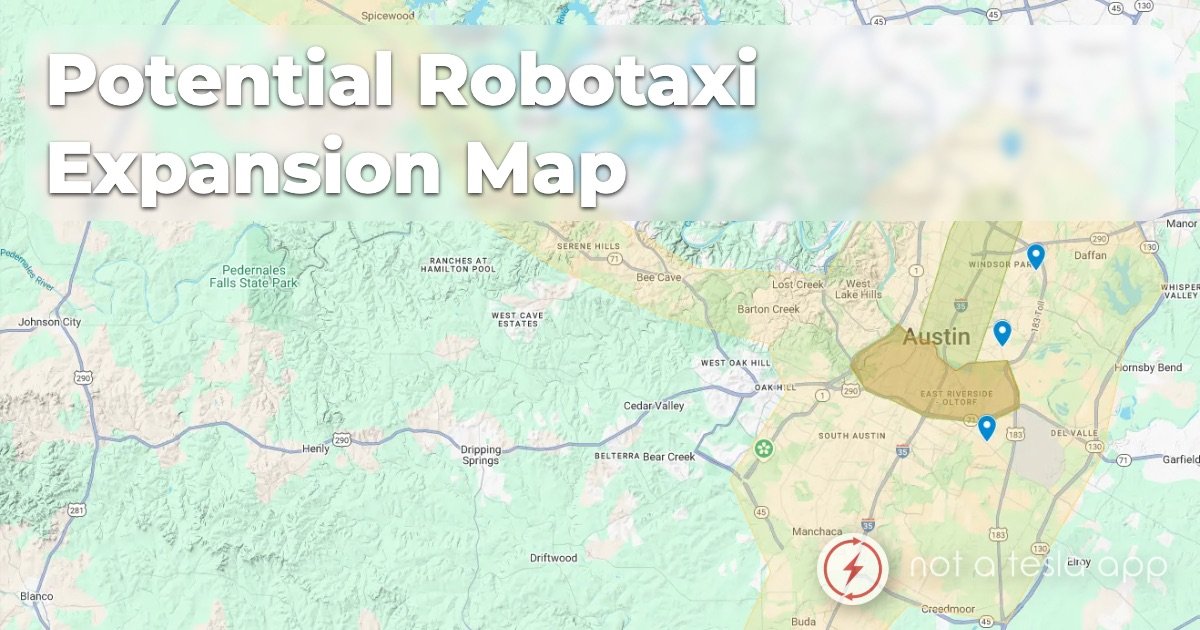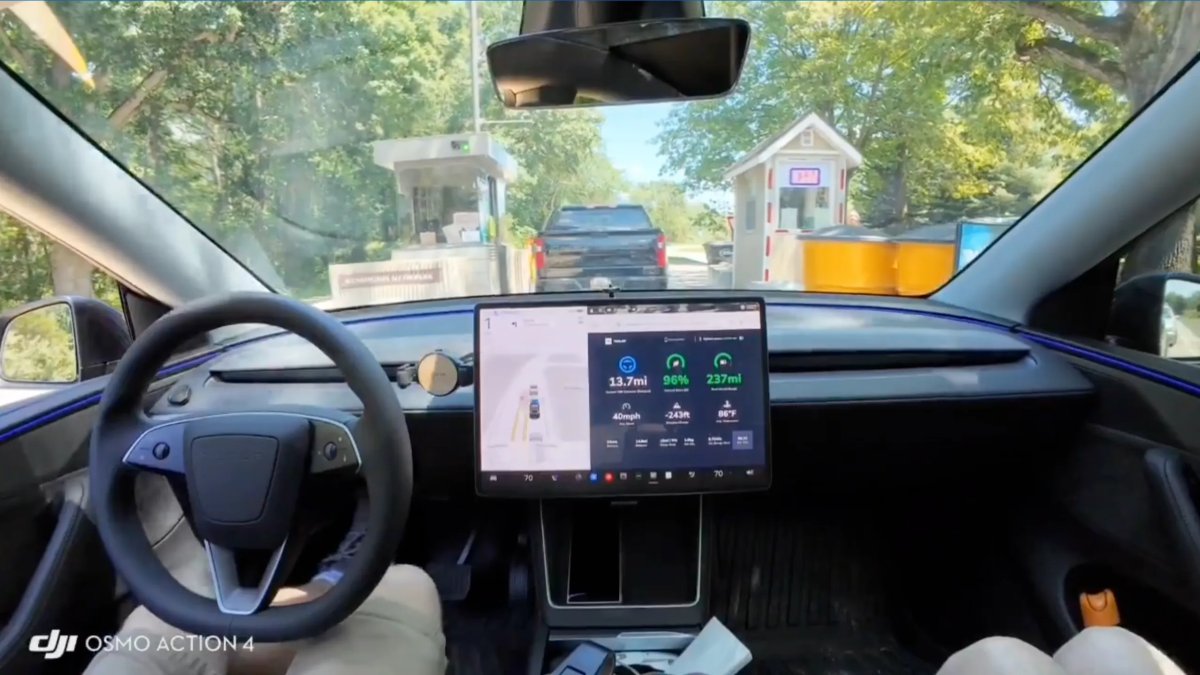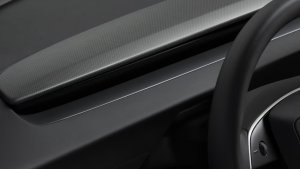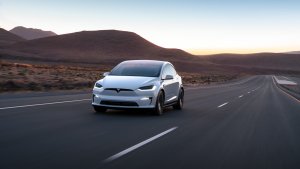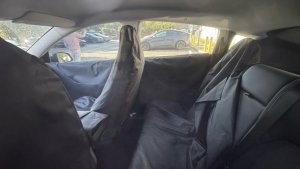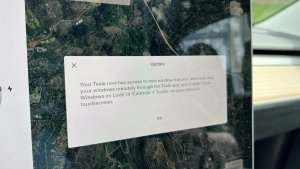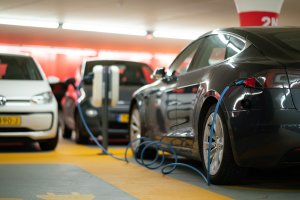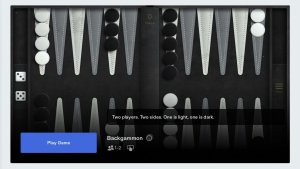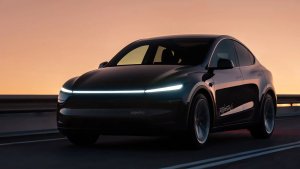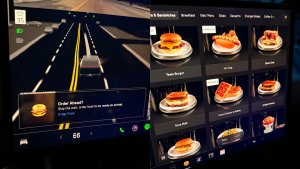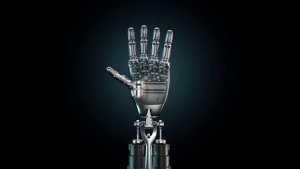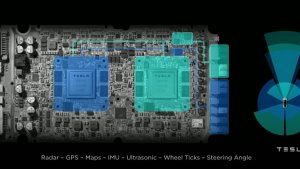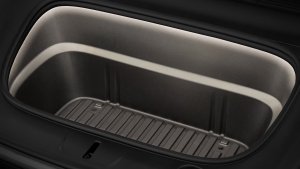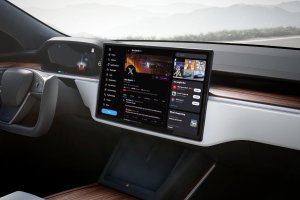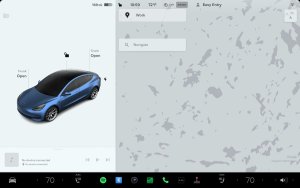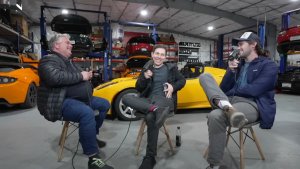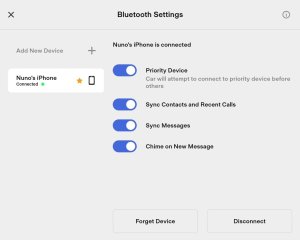The Backlash Against Tesla: Who’s Really Paying the Price?

Elon Musk has always been a bit of a celebrity and not always one that has been well received. With his many different companies - including Tesla, SpaceX, Boring, Neuralink, X, and xAI, he’s spread throughout many high-tech fields and has a massive say in the way technology impacts the lives of many.
Most recently, Elon has taken to the fore of the US government under the Trump Administration and is running the Department of Government Efficiency (DOGE). Here, he’s been tasked with reducing government spending.
These moves, in addition to what looked like an inappropriate hand gesture at a Republican rally last year, have led to him being labeled a Nazi - and those who own his cars or support his companies - as Nazi sympathizers. This is particularly true for Cybertruck owners.
We’re not calling for Elon to step down or stop - that’s beyond the scope of this opinion piece. Instead, we’re hoping that we make a point - harming real people and their property is a step too far, especially when they haven’t done anything other than spend their money or choose their place of employment.
Boycotts and Protests
Few CEOs are as active in politics as Elon is - and that’s made him and his companies the targets of protestors who don't agree with the changes and policies. This has led to boycotts of Tesla, protests outside factories, Supercharger sites, and showrooms.
Interestingly, some protestors at several locations throughout the United States have admitted they are being paid to protest. This isn’t surprising or new - political activist organizations sometimes bring in paid protestors to pad crowd numbers or guide the protestors toward their goals. While we can’t say whether this is true or not at this time, Elon appears to believe so, as per a post on X on the 8th of March.
Some of the protests have descended into violence, which has likely been escalated by people in a crowd mentality. An example of this is the incident at Tesla’s NYC Meatpacking showroom - where the crowd attempted to break down the doors and enter the showroom, putting the lives of innocent employees and customers at risk.
While protesting is a right, harming others and harming private property is not, regardless of personal beliefs or political opinions. This is what we’d like to emphasize here - harming or threatening Tesla’s employees and their customers isn’t making for a better world - it is hurting real people - members of your community. Some of them may have stood in solidarity with you just mere months ago at the voting booths, but now the simple ownership of a Tesla vehicle is considered extreme.
Vandalism and Who It Impacts
The protests are really just the tip of the iceberg. There have been ongoing and escalating incidents of vandalism - both at Tesla’s showrooms and Superchargers, as well as of private vehicles.
Vandalism is a crime - full stop. Attacking others and their private property with the intent to harm them isn’t an effective means to portray a message - it is political violence. Harming others is never the correct option - and is the worst way to push your message.
Vandalism of a private vehicle doesn't hurt Tesla. That vehicle will be repaired with parts sold by Tesla, paid for by the owner’s insurance. Those insurance costs will be passed down to customers everywhere - whether they’re Tesla-specific or not. Tesla will have made money replacing parts or replacing a vehicle because nearly 70% of Tesla’s customers continue to buy Tesla.
The vandalism isn’t focused on just private vehicles either - much of it has hit Tesla’s showrooms - which have been shot at in the US - and one was even burned down overnight in France. These vandals have also been targeting Tesla’s lots - and damaging cars on their way to customers. Once again, Tesla is insured against all of this - and will only be making replacement vehicles and fixing the damage - just like they did with the arson incident at a Supercharger site - where they replaced the Supercharger in under 48 hours.
Superchargers are public charging infrastructure. Damaging them doesn’t just affect Tesla owners - it impacts all EV drivers. Many Supercharger sites are open to other electric vehicles and serve as a vital charging option, especially in remote areas where charging options may be limited.
Additionally, some Supercharger stations are sometimes partially or fully funded by government grants aimed at expanding EV infrastructure. Acts of vandalism only harm local communities by undermining efforts to build essential public resources.
Sales and Stock
Tesla’s stock and sales have also been hit hard by the recent boycotts and response to Elon’s political activity.
Several analysts are predicting that Tesla’s deliveries in Q1 2025 are expected to be the lowest in the last three years - which will likely be a big hit. On the flipside, Elon is still optimistic about the stock - and has mentioned that the long-term benefits of holding Tesla far outweigh the short-term tensions.
However, Tesla’s stock also swings heavily with the market and is one of the most actively traded stocks by retail investors - both regular stocks and options included. The US markets have been on a relatively downward trend, with the Trump administration telling people to tighten their belts and prepare for a potential recession in the coming months.
These indicators aren’t very clear - and the ramp of the refreshed Model Y will have an impact on sales as Tesla won’t be able to deliver as many vehicles as they normally do.
Musk Owns Only 12% of Tesla
At the end of the day, these protests and all this vandalism only serve one purpose. It hurts hardworking citizens of the countries these events are happening in - whether the United States, Canada, Germany, France, or others.
They don’t impact Elon as much because he owns a small percentage of Tesla. Elon owns 12.8% of Tesla as of February 28, 2025. There are several other large stakeholders who own nearly as much as he does - and hundreds of thousands of retail shareholders. His fortune is so large that even if he lost his entire stake in Tesla today, he’d still be worth over $200 billion.
This amount of money is almost unimaginable. If you were to be given $400,000 every single day since 0 BC - until today - you still wouldn’t be worth as much as Elon Musk. That amount of money is absolutely insane and ridiculous—when you consider how little it affects him and how much real harm it causes to everyday people, it’s clear it’s not the correct approach.
Tesla employs about 130,000 people worldwide. That’s 129,999 people who aren’t Elon Musk that are directly harmed by these actions, all for choosing to work at one of the most innovative tech companies - whose mission is to electrify the world.
Putting all that together - the protests, boycotts, and vandalism aren’t hurting Elon as much as they’re hurting everyone else. They’re hurting regular people. And these people who have been threatened or hurt are never going to look in the same direction as these misguided activists.
Instead, these would-be vandals would be better off redirecting their efforts to reach out to the political leaders in their regions and working on getting better representation - and ensuring that people come to the stands to vote next time there is an election. There is a proper, legal, and moral way to change someone’s mind - with discussion. Threats to damage their property and hurt them are not the way.
Wrapping it all up - harming people and their property is a crime - and it isn’t the way to change people’s minds in a democratic society. It does nothing to harm Elon Musk, and all it hurts are your neighbors and friends.











